#bonfire
Text
#zuko#fred weasley#gayfit#support blm#Diana Prince#dominated slave#diego sans#darth maul#bonfire#ghost#golden state warriors#archer#wlw#bendy and the ink machine
125 notes
·
View notes
Text
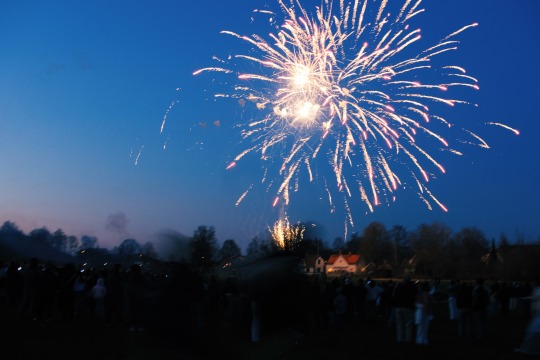
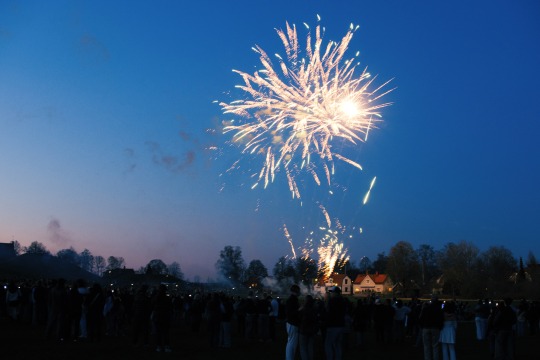
#photographers on tumblr#nature photography#nature#lensblr#witchblr#paganism#photography#witchcraft#original photography#sweden#uppsala#landscape#valborg#spring#april magic#bonfire#fire#fireworks#pagan#sunset
29 notes
·
View notes
Text

#real#nostalgiacore#quotes#small town america#weirdcore#teencore#nostalgia#dreamcore#wandering#divorce core#longing#abandoned#childhood#quote#2000s nostalgia#bonfire
20 notes
·
View notes
Text
#video#paradise#view#Christmas#natal#bonfire#fogueira#fireplace#lareira#cozy#winter#inverno#couple#cabin#woods#nature#natureza#snowing#explore#travel#trip#vacation#viajar
12K notes
·
View notes
Text

You, me and the 🔥 within.....
#night#late night tumblr#kiss#kisses#passion#intimate#beachlife#bonfire#campfire#couple goals#couple relationship#couple things#intimacy#physical touch#desperate#desire#passionate#affection#touch#caressing#kissing#temptation island#i am tempted#letsgo#let's be friends#sensuais#intimite#i need it#i need her#i need him
27K notes
·
View notes
Text
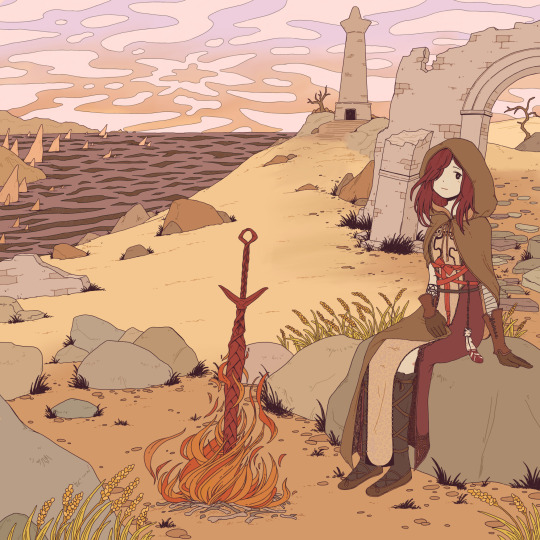
commission
4K notes
·
View notes
Text

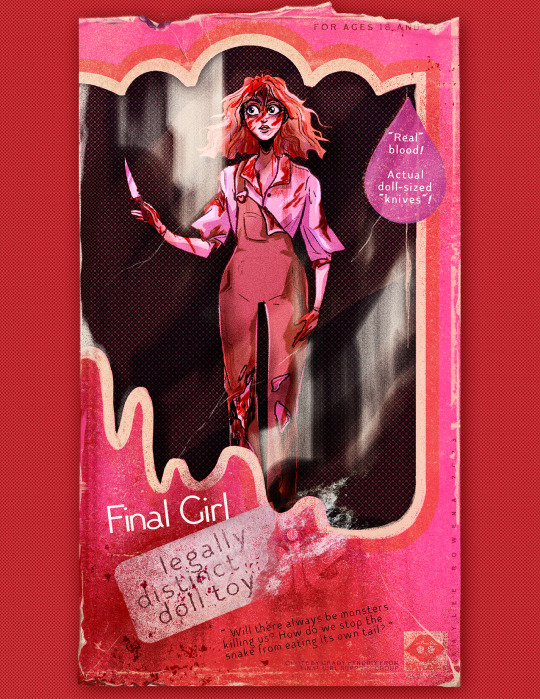

horror barbies legally distinct pink-themed horror dolls available now from your local t-shirt store!
#kaylee.art#horror art#horror illustration#gothic horror#slasher#final girl#gothic#barbie art#came back wrong#living dead girl#gothic heroine#bonfire#barbie horror#Definitely Not Barbie though. for sure not barbie#thanks to bonfire for being very chill with me updating these designs mid-campaign to not have them taken down haha#figuring out how best to obscure the logo while still keeping the vibes of the piece was fun! even if i do miss the fun text stuff#i did with the logos i do think the individualization there is neat!#scheduling this post at midnight so i don't keep forgetting to post it. hi from 12-hours-ago kaylee! hows it going future-tumblr?
3K notes
·
View notes
Photo

via Pinterest
3K notes
·
View notes
Text


Guy and his parrot
2K notes
·
View notes
Text

1K notes
·
View notes
Text
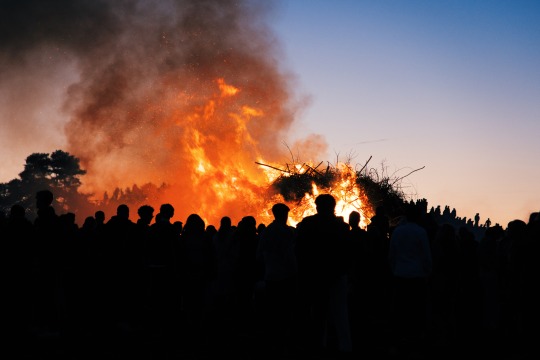
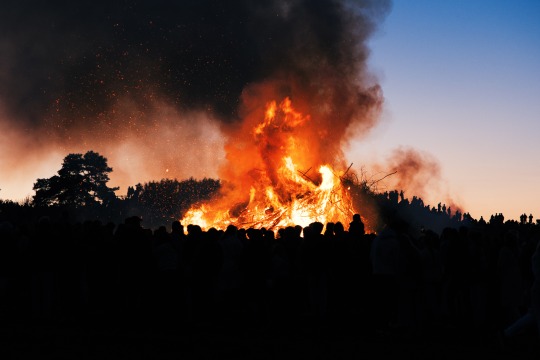
#photographers on tumblr#nature photography#nature#lensblr#witchblr#paganism#photography#witchcraft#original photography#sweden#uppsala#landscape#valborg#spring#april magic#bonfire#fire#fireworks#pagan#sunset
23 notes
·
View notes
Text


#camp fire#camping#nature#aesthetics#outdoors#peaceful#travel#forest#bonfire#photograhy#wildlands#lake view#riverview#cold nights#la flame#slow burn#sunset valley#dumblr
9K notes
·
View notes
Text
#video#paradise#view#nature#paraiso#natureza#explore#travel#trip#cave#cabin in the woods#cabin#cabana#house goals#woods#forest#cozy#relaxing#raining#rainymood#rainyday#bonfire#architecture#modern#goals#landscape#ai generated#winter#snow#snowing
2K notes
·
View notes
Text

890 notes
·
View notes
Text


#be kind to yourself. 🧸#i love you! 🩷🍃#autumncore#fallcore#autumn aesthetic#fall aesthetic#bonfire#cosy#cottagecore#cottageblr#cottage core#cottage aesthetic#cottagecore aesthetic#grandmacore#farmcore#nature#naturecore
1K notes
·
View notes
Text
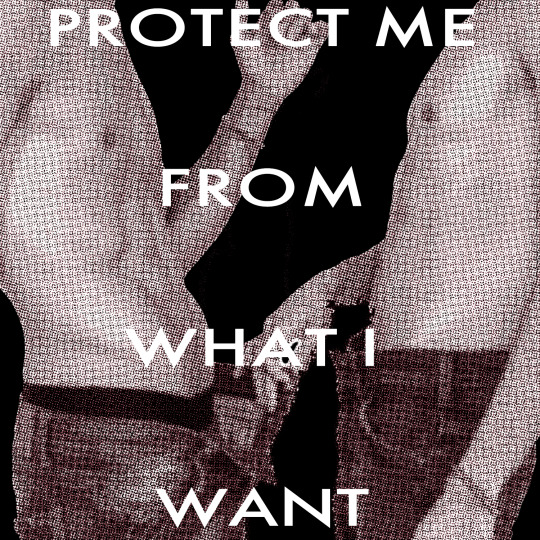

x
491 notes
·
View notes